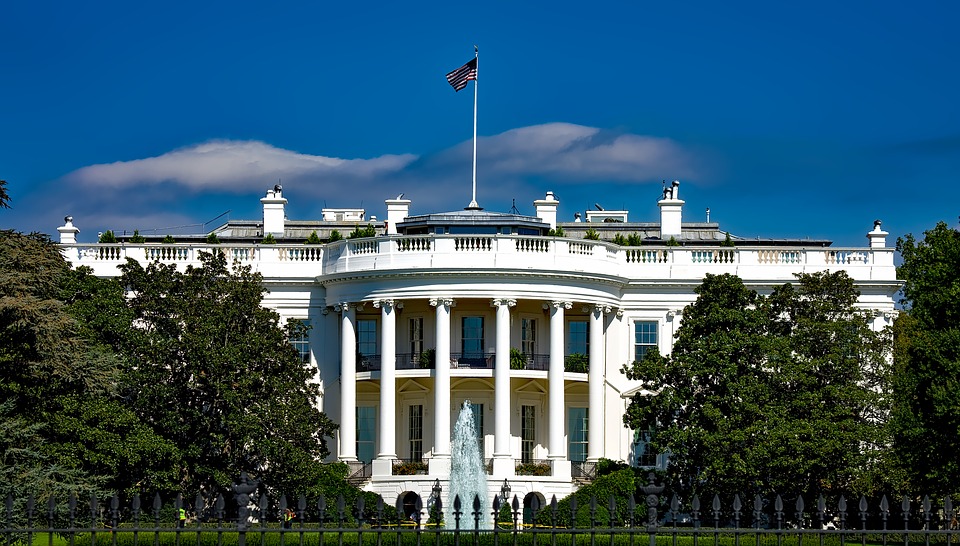The expanded use and funding for Private Activity Bonds (PABs) has again taken over the spotlight in infrastructure debate in America. A six-page document claimed to be the draft outline for President Trump’s long-awaited national infrastructure plan was leaked this week and PABs are among the major infrastructure funding principles addressed.
The leaked infrastructure plan does not yet provide the details which all stakeholders are eager to see. It does, however, addresses infrastructure improvement principles for transportation, including highways, transit, rail and airports, and for water infrastructure. Provisions are also made to expand federal lending programs’ capacity.
The president’s $1 trillion infrastructure plan – the one he promised to put in place during his first 100 days of his administration – got pushed to the back burner for a full year. Officials say the president now is expected to roll out some details of the plan prior to his State of the Union address next week.
Originally saying public-private partnerships would be the foundation of his plan, the president appears to be focusing now on incentivizing states to partner with both local and private-sector investors. White House officials say they believe this will result in even more collaborative efforts.

After preserving PABs, the focus now has turned to expanding and funding them. Just days ago, U.S. Sens. John Cornyn and Mark Warner filed bipartisan legislation – the Building United States Infrastructure and Leveraging Development (BUILD) Act – which would raise the statutory cap from $15 billion to $20.8 billion on PABs issued by or on behalf of state and local governments for highway and freight improvement projects. That would give the USDOT an additional $5.8 billion it could approve for these bonds.
On the same day, the U.S. Chamber of Commerce proposed an additional infrastructure finance plan that also calls for expanding the PAB program.
Cornyn stressed that the BUILD Act would result in “minimal cost to taxpayers” with a “maximum impact” on transportation needs. Warner called PABs “an engine for leveraging private investment” in such projects.
The President’s leaked infrastructure plan document seeks to expand the categories of public-purpose infrastructure such as reconstruction projects. Among the other provisions are the proposed elimination of transportation volume caps on PABs and allowing their use for port and airport projects. It would also remove the state volume cap for PABs.
The draft document also provides information relative to competitively awarded funding and technical assistance for some innovative and transformative projects for which private-sector funding cannot be secured. Whispers heard in the halls of Congress say the President wants some “moonshot” projects.
The President’s draft plan also encourages rural development, especially projects related to transportation, broadband, water and wastewater, power and electric and water resources. Although few details were provided, it appears that Congress will be asked to provide incentives for states that partner with local and private sector investors and allocating 25 percent of the total appropriation for a rural infrastructure program that will address high-speed Internet, public transit, crumbling roads and unsafe bridges.
Stakeholders, public officials and taxpayers will be eager to see what additional details the plan will have when President Trump lays it out, as he has said he will do, in the very near future.
SPI’s e-newsletters are an excellent source of government contracting opportunities. Sign up today to ensure you never miss out!






